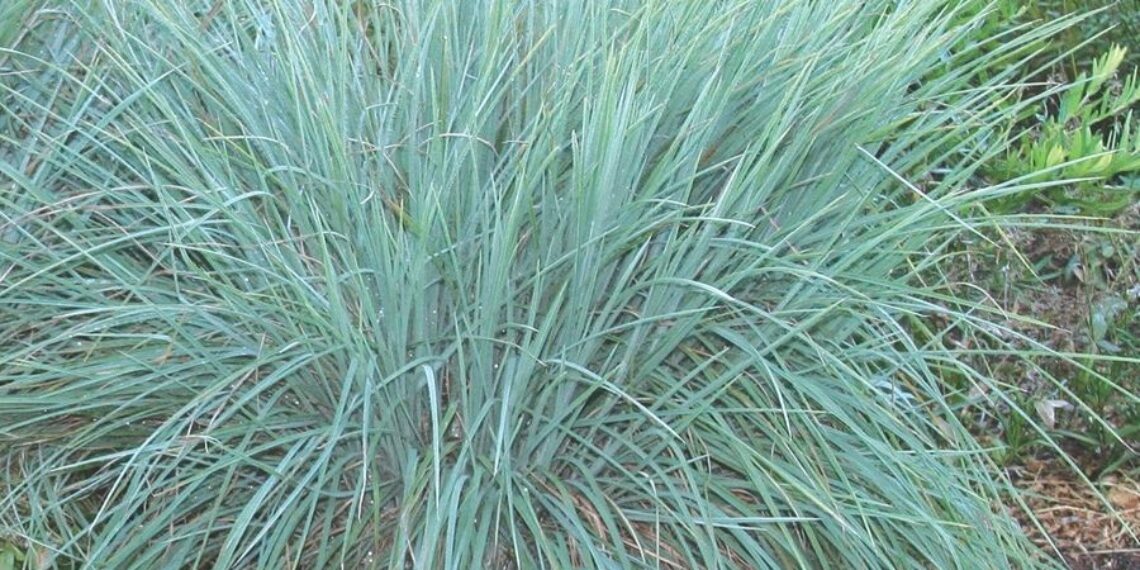Planting Native Grasses
Whether it is to replace an existing lawn or to create intrigue within a section of any yard, planting native grass is an easy way to add low maintenance beauty to any patch of land.
Step 1: Little bluestem, side oats grama, and Virginia wild rye are all shorter species of native grasses appropriate for lawn plantings, native gardens, and areas prone to erosion. They are clumping grasses, which means they grow and spread in clumps, leaving exposed soil around each stand of grass. These exposed areas are perfect for wild flower seeding and they provide natural cover for wildlife.
Step 2: Most native grasses do not need winter weather to germinate. Disperse native grass seed on a prepared site in late March or early April. This will help establish seedlings before the hot dry weather arrives. Little bluestem and side oats are warm season grasses. They grow quickly and bloom in the warmer temperatures of June – September. They prefer drier, full sun sites but tolerate some shade and moisture. Virginia wild rye is a cool season grass. It flourishes in the spring and fall and will germinate as soon as soil temperature reaches 50 degrees Fahrenheit. Cool season grasses will tolerate more shade than warm season grasses, but they still need four or more hours of sun each day.
Step 3: Gently rake the seed into the soil or spread the seed just before a snow or rainfall.
Step 4: Protect the seed from critters by spreading a thin layer of hay or straw over the seeded area. This will not only camouflage the seed, but it will also help to maintain warmer soil temperatures and increase moisture retention while the seedlings work to grow deep roots. Native grass root systems may grow as deep as 15 feet into the soil, reducing erosion, balancing soil nutrients and aiding in rain water infiltration.
Little bluestem, can be found in prairies, fields, along roadsides, and in open woods. It is one of the dominant grasses of the tall grass prairie region. Little bluestem grows to 2-4’ tall, and features upright clumps of slender, flat green leaves with hint of blue at the base. The foliage turns bronze-orange in the fall. Purplish flowers grow above the foliage in August in 3” long racemes on branched stems. Flowers are followed by clusters of fluffy, silvery-white seed heads which usually remain into winter. The seeds are eaten by many species of birds.
Sideoats grama boasts a distinctive spray of oat-like seed spikes which hang from one side of its flowering stems. This grass grows in prairies, glades, and rocky woodlands throughout most of North America. Narrow, bluish-gray ¼” wide leaf blades form a dense clump growing 1-1.5′ tall. Foliage turns golden brown in the fall, sometimes developing hues of orange and red. Inflorescences of purplish flowers appear on arched stems above the foliage in early to mid summer, doubling the height of the grass to 3′ tall. Flowers fade to tan as the seeds mature.
Virginia wild rye, is a cool season perennial grass that grows in a clump 2-4’ tall. It is native to a variety of habitats including bottomland forests, prairies, stream banks, pastures, fields, and roadsides. It is commonly found throughout the State of Kansas. Flat 3/8” wide pointed leaf blades grow into 12” tall tufts. Simple greenish flowers bloom in June rising about 4’ above the foliage on stiff wheat-like flowering spikes 6” long. After the bloom, flower spikes and developing seeds provide ornamental interest throughout summer and into the fall.
Information in this article was attained from Native Lands Restoration Collaborative and the Missouri Botanical Garden website.
